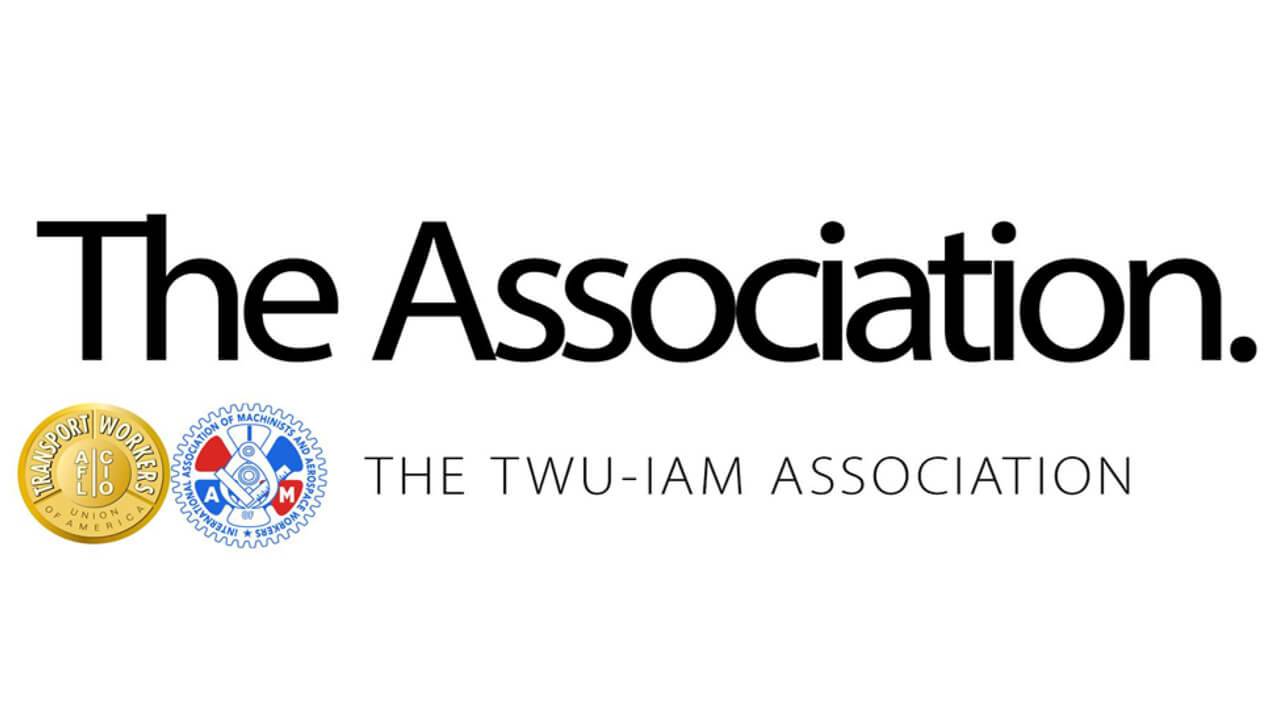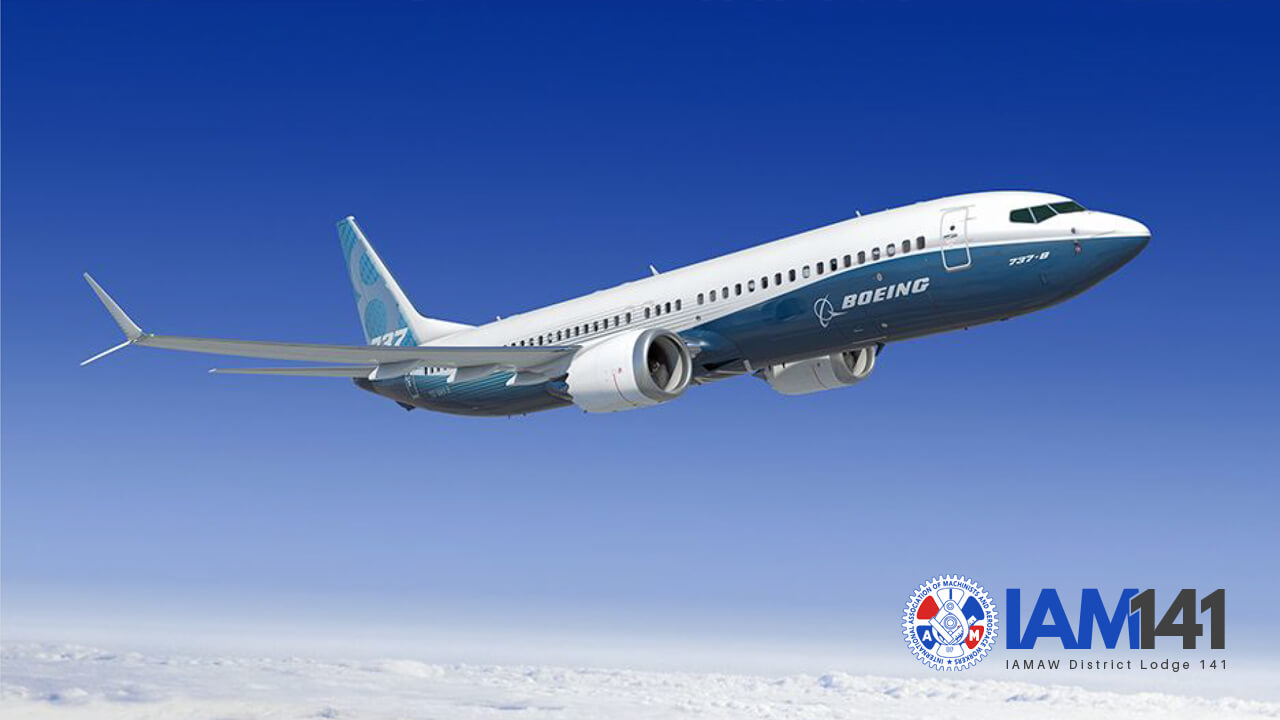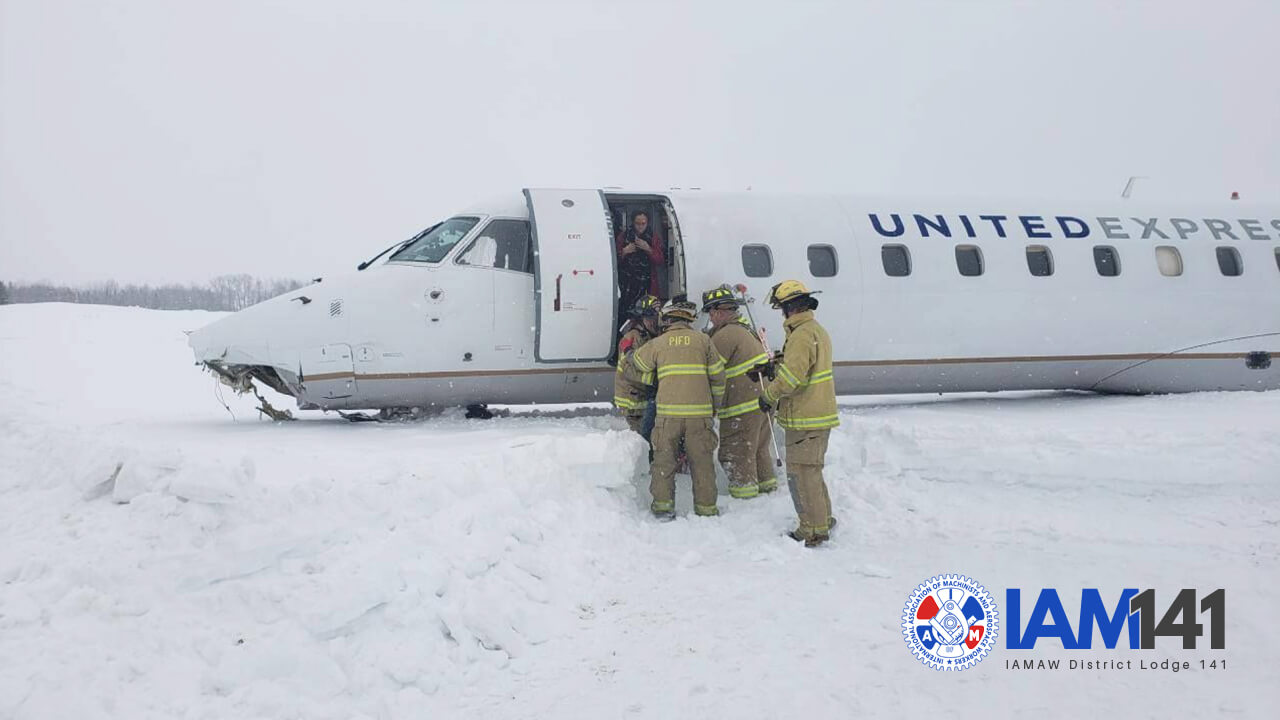
by Eric Price | Apr 2, 2019 | Airlines, Departments, EAP, Helping Hands, Home
Men’s Mental Health is the focus for April. Some common beliefs that prevent men from accessing mental health resources are addressed. Tips for maintaining good mental health appear on page two. For those of you receiving this is electronic form, there are...

by Eric Price | Mar 26, 2019 | Airlines, American, Departments, Home, Organizing, The Association
Brothers and Sisters, If American Airlines wants to throw down their version of facts from two people who have never participated in a negotiating session, that’s their prerogative, we’ll throw down the real facts from those who were actually there. Fact: The...
by Eric Price | Mar 25, 2019 | Airlines, American, Departments, Education, Hawaiian, Home, Philippine, Spirit, United, Video
Educators from District 141 held a Shop Steward training session for members of Local 2319 in Tampa, Florida this week. District 141 AGCs Robert Jesel and Tony Gibson joined educators Vinny Capitani, Andrea Myers, Deena Pena and Education Director Mac McGovern. Click...

by Eric Price | Mar 22, 2019 | Airlines, American, Departments, Home, Organizing, The Association
Brothers and Sisters, This week, American Airlines not only continued to slow roll negotiations, THEY ACTUALLY JUST STOPPED. American’s arrogance and obstinance at the table is a tell-tale sign of their mistaken belief that this membership is okay with them forcing...

by Eric Price | Mar 14, 2019 | Airlines, American, Departments, Featured, Hawaiian, Home, Philippine, Safety, Spirit, United
For most travelers, getting on a brand new plane is a treat. Besides that “new plane smell,” passengers expect that a new aircraft, like a new car or appliance, will offer the latest advances in technology, safety and comfort. When that aircraft is the newest version...

by Eric Price | Mar 5, 2019 | Airlines, Departments, Featured, Home, Safety, United
A CommutAir plane carrying 28 passengers and three crewmembers slid off the runway upon landing in Presque Isle, Maine (PQI). The incident happened on March 4th at 11:30 AM EDT. The 50 seat Embraer 145 was traveling from Newark, New Jersey (EWR) to Presque Isle, which...






